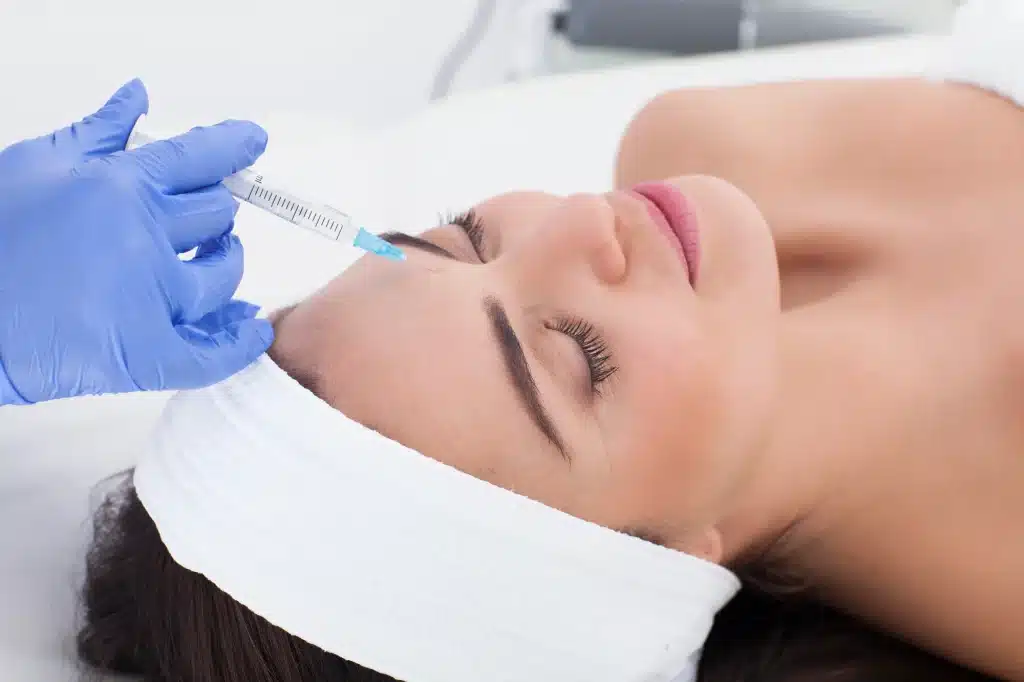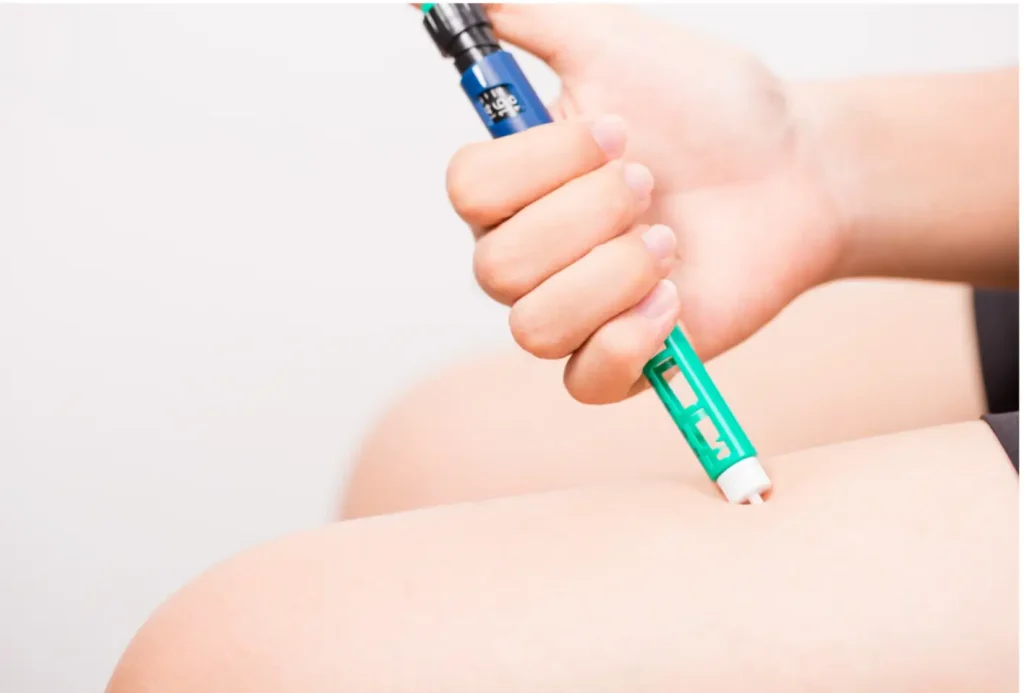Did you know that the use of topical anaesthetics dates back to the late 19th century when cocaine was first used in ophthalmology? Despite its toxicity, this discovery paved the way for safer and more effective numbing agents, which are now commonly used in various clinical settings. Today, topical anaesthetics are a go-to solution for managing pain during minor procedures, offering rapid relief without the need for injections.
Among the most commonly used topical anaesthetics are EMLA and LET. EMLA combines lidocaine and prilocaine in a eutectic mixture, while LET blends lidocaine, epinephrine, and tetracaine. Both are designed to numb the skin, but they have distinct pharmacological profiles and clinical applications, which can impact safety and patient outcomes.
In this article, we’ll take a closer look at EMLA vs LET, comparing their safety profiles, contraindications, and potential side effects to help you make informed decisions in clinical practice.
Key Takeaways
- EMLA and LET are effective topical anesthetics used in various clinical situations to provide pain relief for minor procedures and urgent care needs.
- EMLA is a lidocaine-prilocaine cream used for intact skin, ideal for planned procedures such as venipuncture, laser treatments, and preoperative preparation. It requires 60 minutes to take full effect.
- LET combines lidocaine, epinephrine, and tetracaine, making it suitable for open wounds, lacerations, and emergency settings, with a rapid onset (3–5 minutes).
- EMLA is not recommended for use on broken skin or mucous membranes, while LET should be avoided on end-arterial sites (e.g., fingers, nose) due to its vasoconstrictive effects.
- EMLA may cause methemoglobinemia, while LET can cause blanching and stinging, and carries systemic absorption risks when used on large areas.
About: Medical Spa RX provides medical practices with premium products at the best prices. If you’re looking to buy EMLA Cream online for your practice, the sales representatives at Medical Spa RX can give you guidance.
EMLA and LET: Ingredient Profiles and Mechanism of Action
EMLA and LET are both widely used topical anesthetics, offering quick pain relief for minor procedures. While their core function is the same (numbing the skin), LET’s and EMLA cream’s ingredients and mechanisms of action differ, making them suitable for distinct clinical scenarios.

EMLA, or eutectic mixture of local anesthetics, contains 2.5% lidocaine and 2.5% prilocaine in a specially designed emulsion. This formulation is applied to intact skin with an occlusive dressing to help it penetrate the skin and block sodium channels. By preventing nerve signal transmission, EMLA effectively numbs the skin before procedures like venipuncture or laser treatments.
In contrast, LET is a gel containing lidocaine, tetracaine, and epinephrine. It is designed for use on open wounds, such as lacerations. The lidocaine and tetracaine in LET numb the area, while epinephrine causes vasoconstriction, reducing bleeding and prolonging the anesthetic’s contact time. LET is frequently used in emergency settings, where quick and effective anesthesia is needed, especially for injuries involving the face or scalp.
Understanding the distinct formulations and mechanisms of these agents helps practitioners choose the right product based on skin condition, procedure type, and desired outcome.
When to Use EMLA vs LET Based on Skin Condition and Procedure
Choosing between EMLA and LET depends on the skin integrity and urgency of the procedure. Each offers specific benefits for different clinical situations, ranging from planned dermatologic treatments to urgent care.
When to Use EMLA
- Intact Skin (no open wounds): Ideal for topical numbing before minor procedures like venipuncture or laser treatments.
- Pediatric and Adult Use: Well-tolerated across age groups with predictable onset (usually 60 minutes).
- Preoperative Skin Prep: Used prior to dermatologic procedures (e.g., skin grafts, mole removals).
Given that EMLA requires a longer application time to achieve deep anesthesia, it is better suited for non-urgent treatments. This makes it a preferred choice when the procedure is planned in advance.
When to Use LET
- Open Wounds and Lacerations: Applied directly to broken skin for quick numbing.
- Emergency Room Use: Common for suturing superficial cuts, especially on the face or scalp.
- Fast Onset Needed: Acts within 20–30 minutes, useful in acute care settings.
The rapid onset of LET (within 20–30 minutes) makes it the go-to for urgent care situations where bleeding control and anesthesia are required quickly.
Comparing Safety, Contraindications, and Side Effect Risks
While both EMLA and LET are effective topical anesthetics, they each have distinct contraindications, precautions, and side effects that practitioners must be aware of to ensure patient safety.
EMLA Safety Profile
- Contraindications: Avoid in patients with known sensitivity to amide-type anesthetics, congenital or idiopathic methemoglobinemia.
- Side Effects: Common reactions include localized redness, swelling, and mild burning. Rarely, methemoglobinemia may occur, especially in infants or prolonged use.
- Precautions: Not recommended for mucous membranes or broken skin. Use with caution in pediatric and geriatric populations.
LET Safety Profile
- Contraindications: Contraindicated in patients with hypersensitivity to ester-type anesthetics, significant cardiovascular disease, or known issues with epinephrine.
- Side Effects: May cause blanching, stinging, or allergic skin reactions. Systemic absorption risks increase with large surface applications.
- Precautions: Avoid use near end-arterial sites (e.g., digits, nose, penis) due to vasoconstrictive effects of epinephrine.
Pediatric Considerations for EMLA and LET Use
When it comes to pediatrics, both EMLA and LET can provide effective pain relief, but careful patient selection and adherence to age-specific protocols are essential to minimize risks such as methemoglobinemia and skin irritation.
EMLA in Pediatrics

- Indication: Approved for use in infants aged 3 months and older, typically in outpatient and ambulatory care settings.
- Dosage & Application: Apply 1g per 10 cm² of intact skin, observing maximum recommended surface area limits to prevent systemic absorption.
- Clinical Uses: Suitable for venipuncture, immunizations, minor dermatological procedures, and preoperative skin anesthesia.
- Onset Time: Requires 30 to 60 minutes for full anaesthetic effect; may be less practical in acute care environments due to time constraints.
LET in Pediatrics
- Setting & Use: Frequently used in emergency departments for anesthetizing lacerations prior to suturing, especially in pediatric trauma cases.
- Application Method: Administered directly onto open wounds under medical supervision, often using gauze soaked in solution.
- Onset Time: Rapid onset within 3 to 5 minutes allows timely intervention in urgent scenarios.
- Safety Considerations: Should not be applied to large, extensively damaged areas or regions supplied by end-arteries (e.g., fingers, ears, nose, penis) due to risk of ischemia.
Conclusion
Both EMLA and LET are highly effective topical anesthetics, but each serves its own purpose. EMLA is best suited for intact skin and planned procedures, offering deeper anesthesia but requiring longer application times. On the other hand, LET is preferred for open wounds and emergency settings, where rapid onset and vasoconstriction for bleeding control are essential.
Choosing the right anesthetic should depend on factors such as skin condition, procedure urgency, patient history, and time constraints. By understanding the unique benefits and limitations of each, practitioners can make informed decisions to optimize patient comfort and treatment outcomes.
FAQs
1. How long should I leave EMLA cream on before a procedure?
Typically, leave EMLA on for 30–60 minutes under an occlusive dressing for best results.
2. Can I use EMLA cream on broken or irritated skin?
No, you should only use EMLA on intact skin due to the risk of increased systemic absorption.
3. What are the common side effects of EMLA?
Patients often report redness, swelling, and mild burning or tingling after using EMLA cream.
4. Is EMLA cream safe for children?
Yes, but follow pediatric dosage guidelines carefully and consult a healthcare provider for children under 3 months of age.
5. How much EMLA should I apply?
Apply a thick layer (around 1g per 10 cm²) and cover with an occlusive dressing to enhance absorption.
6. Can I buy EMLA cream over the counter?
In many countries, yes. However, some regions may require a prescription depending on local regulations.
7. What if I forget to remove EMLA cream after the recommended time?
Remove it as soon as possible. Leaving it on too long may increase the risk of side effects.
References
Navarro-Rodriguez JM, Suarez-Serrano C, Martin-Valero R, Marcen-Roman Y, De-La-Casa-Almeida M. Effectiveness of topical anesthetics in pain management for dermal injuries: a Systematic review. Journal of Clinical Medicine. 2021;10(11):2522. doi:10.3390/jcm10112522
Singer AJ, Stark MJ. LET versus EMLA for Pretreating Lacerations: A Randomized Trial. Academic Emergency Medicine. 2001;8(3):223-230. doi:10.1111/j.1553-2712.2001.tb01297.x





















